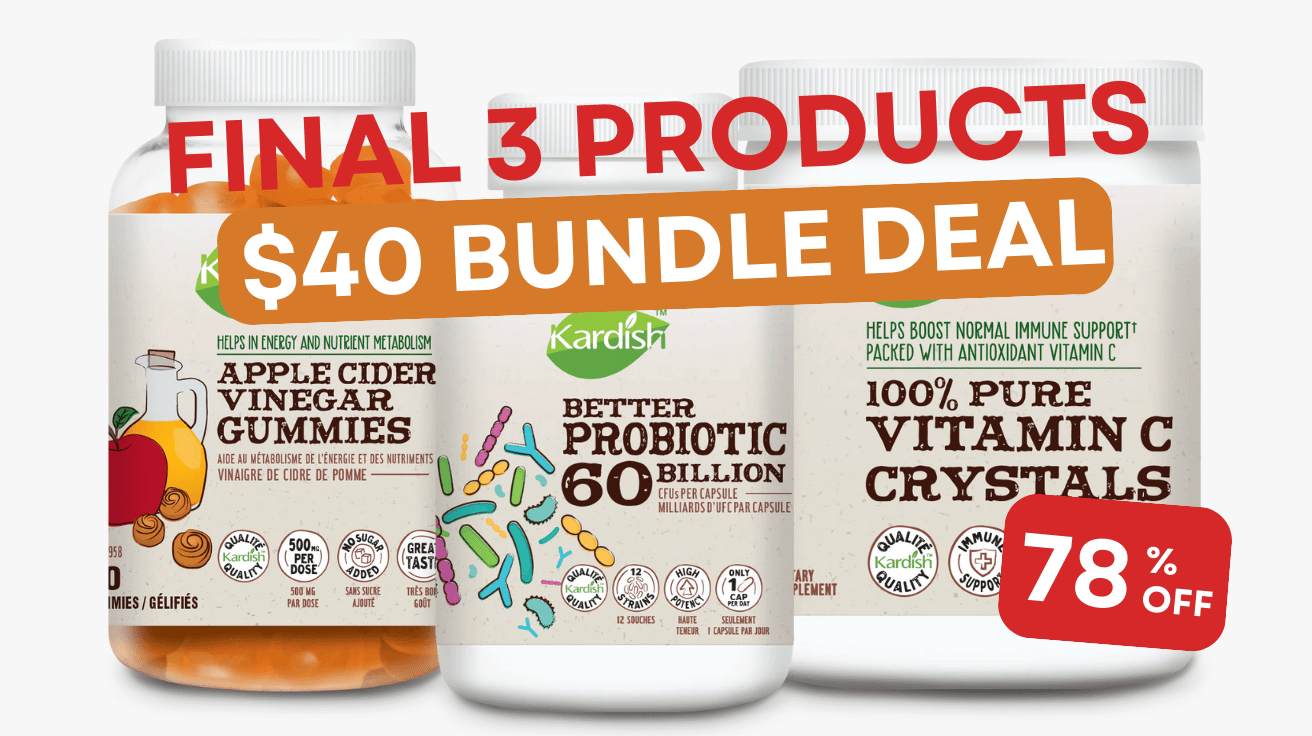
It can be especially difficult to eat healthy throughout the winter months when we are unable to grow anything in the garden and most of the products found in the produce isle have been shipped from far away places where the climate is much warmer. We've put together a few tips to help assure that you are getting plenty of nutrients and fiber in your diet without the hefty price tag or carbon footprint.
Embrace root vegetables
Cold weather crops like beets, carrots,squash, potato and rutabaga are all hearty enough to be kept in cold storage throughout the winter months. They are also hearty enough to keep our bodies warm and energized as we tend to require more calories during the winter months.
Enjoy soups and stews
Creating rich soups and stews can be a great way to incorporate warm root vegetables into your diet. Since stews are meant to cook for long periods of time, you can easily whip up a recipe for the slow cooker and set it to cook all day. When you arrive home you have a warm dish to enjoy. Try sprinkling ground chia or flax on top for a fiber boost.
Try a nutritious green blend
Growing leafy greens throughout the Canadian winter can be a difficult task, which means many of the greens at the grocery store have been shipped from warmer places like California and Mexico. Many people will avoid purchasing these plants from far away due to economical and environmental concerns. Even if you do purchase produce grown in the USA it was likely picked before its peak ripeness and grown in poor quality soil. Purchasing a high-quality powdered greens blend can be an investment towards better health and allow for an increased consumption of greens during the colder season when we simply cannot grow them. It will help to fill in nutritional gaps created by a diet restricted by geography. Green supplements like Genuine Health Greens+ and Progressive VegeGreens are a great source of superfoods and antioxidants.
Get yourself a wide mouthed thermos
Another great investment is a wide mouthed thermos, which can keep leftover soups and stews warm for lunches without the need for microwaving. Simply fill your thermos up with boiling water and let it get nice and warm then empty the water, fill with meal and screw the lid on tight! Enjoying a warm dish at work our school will leave you satisfied and stop any unnecessary snacking and fast food indulgences.
Harness the power of frozen veggies
Buying frozen fruits and vegetables canactually be part of a healthy diet. Unlike fresh produce which is often picked before ripeness, frozen produce is usually picked and frozen at peak ripeness. Delicate water-soluble vitamins like vitamin C and certain B's will be affected by freezing, but frozen is certainly a much better option than canned vegetables which lose most of their nutrition during preservation. A great idea would be to freeze fruits and vegetables from your own garden or farmers markets during the summer months. You can also grab a bag of nutritious frozen veggies byCookin’ Greens orStahlbush Farms from your local Kardish.



Leave a comment (all fields required)